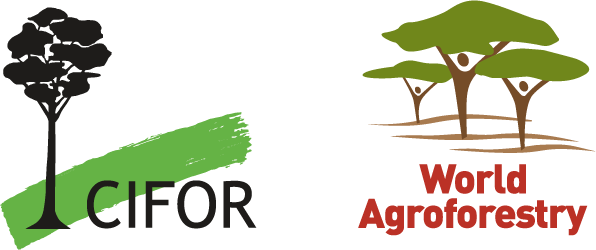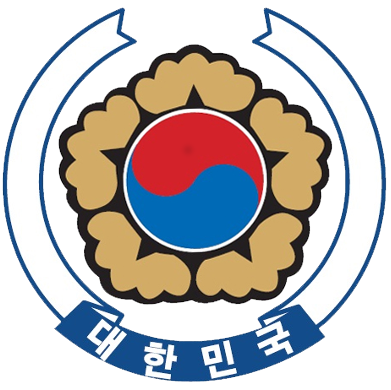Background
Mangroves, which are distinct forests in coastal and estuarine saline wetlands of tropical and subtropical regions, are pivotal in addressing the climate crisis. Comprising various species, these ecosystems are categorized into ‘exclusive’ (true mangroves) and ‘non-exclusive’ (semi-mangroves or mangrove associates). True mangroves excel in saline environments, with specialized adaptations like aerial roots for oxygen absorption and viviparous seed germination. Mangroves are critical components of ‘blue carbon’ ecosystems, known for their effective carbon dioxide absorption from the atmosphere and significant carbon storage capabilities, surpassing that of warm-temperate forests. This positions them as valuable assets in the global effort to combat climate change.
The Indo-West Pacific Region, which includes East Asia, hosts the most diverse mangrove ecosystems in the world, with distribution area gradually expanding and migrating owing to climate change. The Korean Peninsula is situated in the northernmost subtropical climate area in East Asia, where the Kuroshio Current in the Western Pacific Ocean has consistently influenced the distribution of subtropical plants. Currently, two species of semi-mangrove trees inhabit coastal areas in Korea — Hibiscus hamabo and Paliurus ramosissimus — particularly on Jeju Island, with their distribution and range expanding incrementally. These species, adaptable to both intertidal zones and terrestrial habitats, lack the typical mangrove traits of aerial roots and unique seed germination. Despite this, they offer potential for carbon absorption and climate change mitigation. A recent predictive study demonstrated the potential expansion of the distribution of subtropical plants in East Asia, including the possible establishment of mangroves in Korea, owing to climate change.
This symposium seeks to highlight the crucial ecological and climate roles of mangrove and semi- mangrove ecosystems. Focusing on East Asia, we aim to explore the carbon-sequestration potential of these species. Key discussions will include nursery and propagation strategies suitable for local climates, methods to enhance carbon absorption in coastal areas, and effective management practices for maintaining these ecosystems.
For more information, please contact
- Bora Lee
Warm-Temperate and Subtropical Forest Research Center, NIFoS Jeju, Republic of Korea
boralee7208@korea.kr
- Himlal Baral
CIFOR-ICRAF
h.baral@cifor-icraf.org
Presentations
- Cooperative Mangrove Project: Introduction, Scope, and Perspectives by Bora Lee
- Carbon Stock Assessment in Banten Province and Demak, Central Java, Indonesia by Milkah Royna
- Coastal and mangrove vulnerability assessment In the Northern Coast of Java, Indonesia by Phidju Marrin Sagala
- Sungsang Mangrove Restoration and Ecotourism (SMART): A participatory action research for community-based mangrove restoration and business model development by Beni Okarda
- Peat land Restoration Project in HLG Londerang by Hyoung Gyun Kim
- Data analysis and findings by Citra Gilang
- A Wide Range of Eco System Services with Mangroves by Mihyun Seol and Himlal Baral
- Introducing Blue Carbon Deck seeking for actionable partnerships by Daniel Murdiyarso



















